Growing brain tissue requires capturing the realistic “squishiness” and cohesion between cells, but how each cell type contributes has been a mystery.
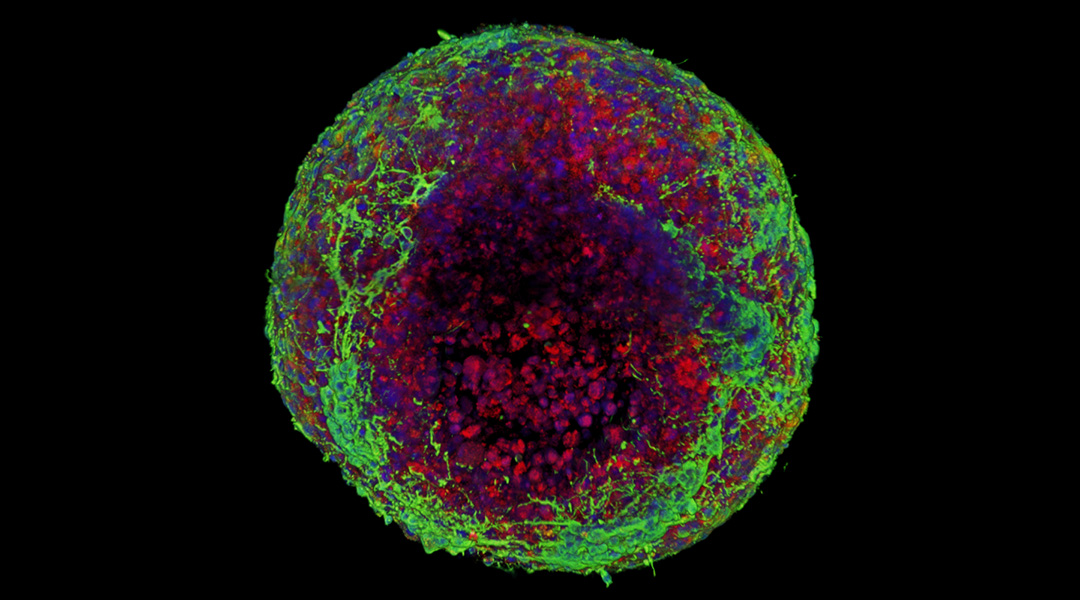

Growing brain tissue requires capturing the realistic “squishiness” and cohesion between cells, but how each cell type contributes has been a mystery.

A new AI diagnostic tool uses microbiome data and lifestyle factors to predict risk of multiple diseases, ushering in a new era of personalized healthcare.
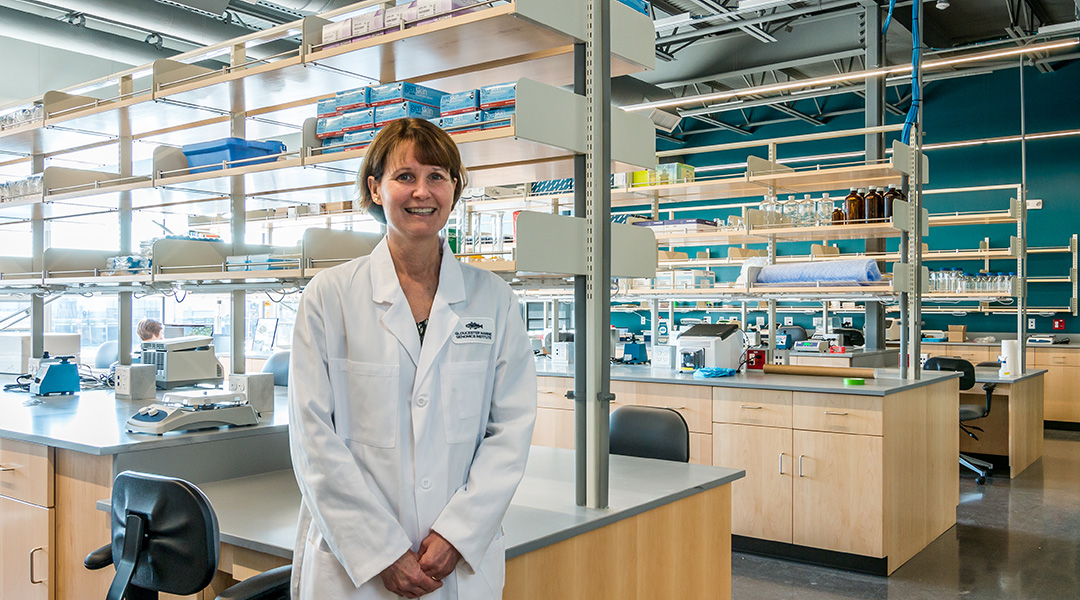
Andrea Bodnar, a biochemist by training, is leading researchers who strive to unlock the mysteries of marine life, promote sustainability, and inspire the next generation of scientists.

Scientists convert waste coffee husks into cellulose fibers and films with potential applications in textiles and biodegradable products.
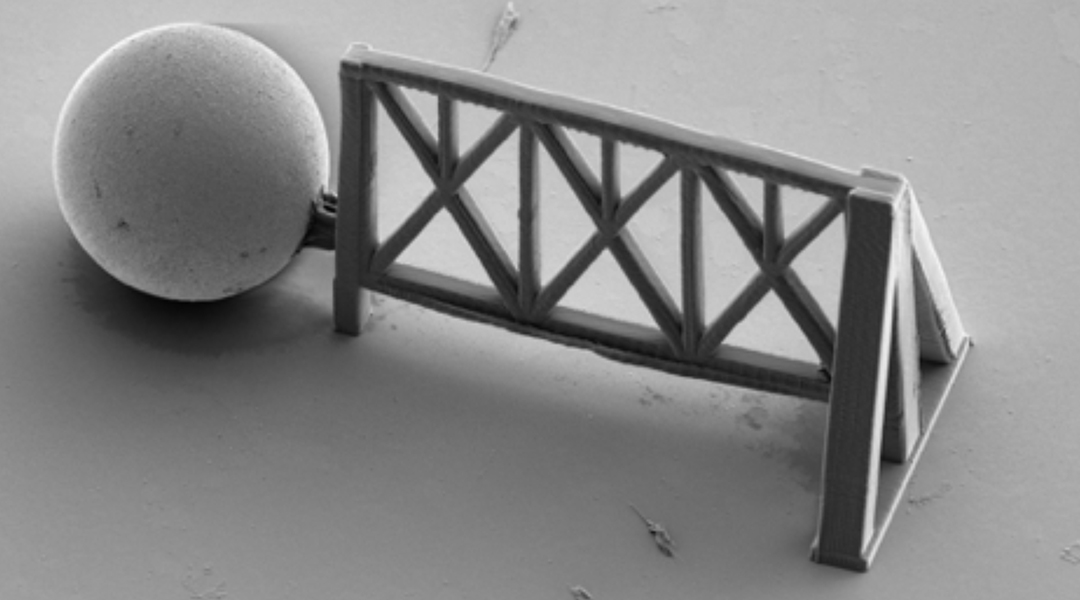
Scientists employ cutting-edge 3D printing to recreate human-like tissue, promising a breakthrough in cellular research and potential insights into aging and disease.

How embracing complementary therapies for depression and anxiety during cancer therapy can be a powerful way to enhance quality of life and patient outcomes.

An innovative blood test designed to identify chronic fatigue syndrome, and potentially applicable to long COVID and Lyme disease, boasts 91% accuracy.

Learning from experience was believed to be restricted to more advanced creatures, but in a first, Caribbean jellyfish were shown to learn from past mistakes.
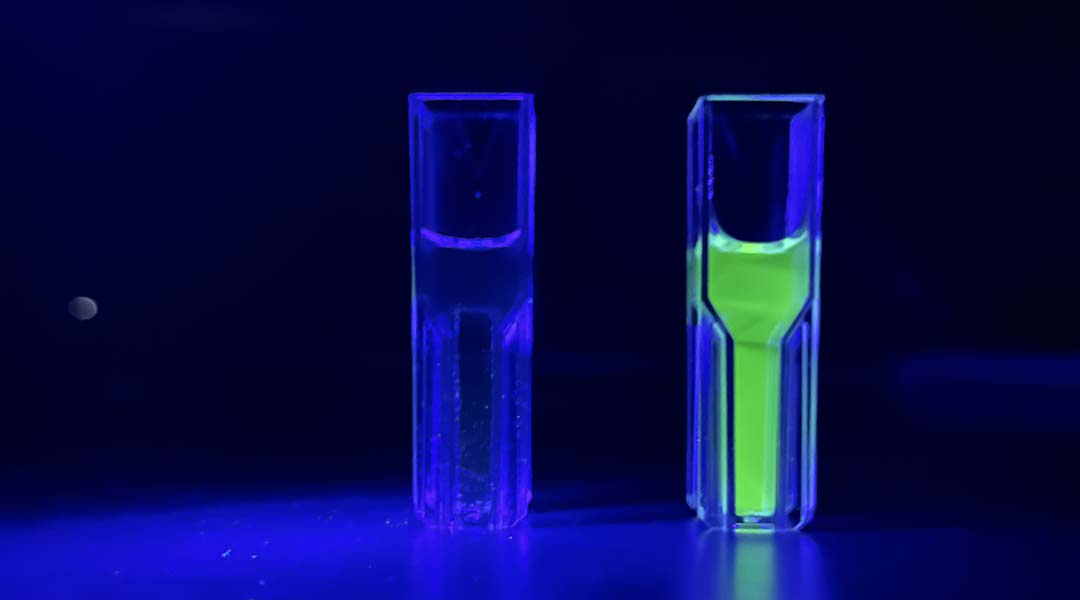
Analyzing biomolecules found in the breath, scientists can detect early signs of deadly blood clots found in diseases like COVID-19, heart disease, sepsis, and more.
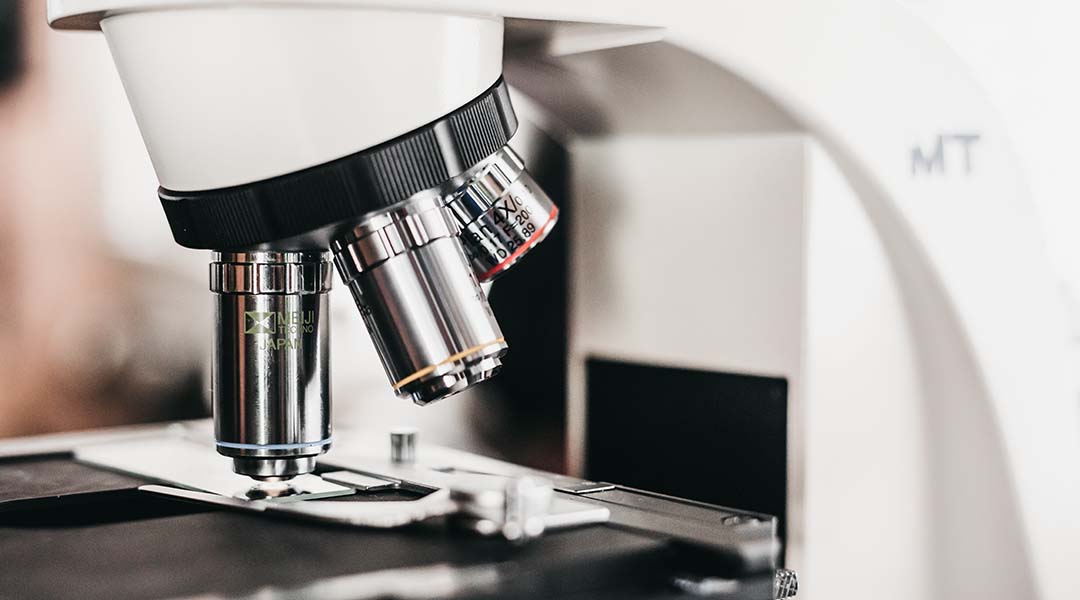
A modification to conventional microscopes pushes the limits of their resolution and enables high-precision observation of difficult-to-observe pathogens.